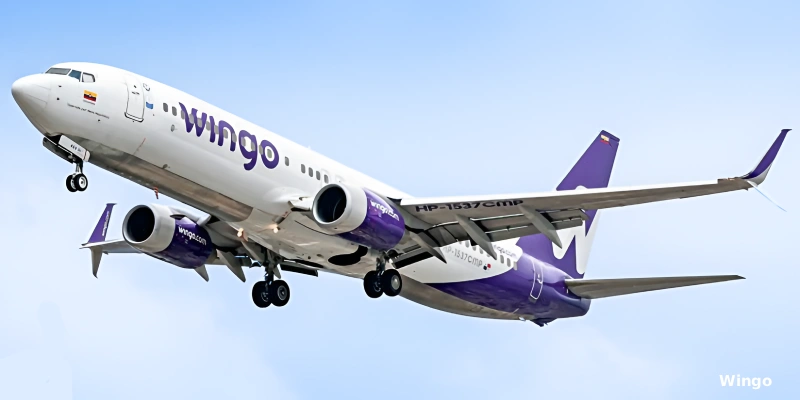The crisis caused by the COVID-19 in the air sector has caused an earthquake in the world ranking of the airports with best air connectivity, where London and New York were in the top positions in 2019 and are now occupied by Shanghai and other Chinese cities.
See also: A New York airport tests a blockchain-based coronavirus cleaning application.
The ranking, presented today by the International Air Transport Association (IATA), is led in 2020 by Shanghai-Pudong, followed by the airport networks of Beijing, Canton and Chengdu, and continues with Chicago (USA) as the first non-Chinese city in the ranking, although in sixth position again there is one from the Asian country, Shenzhen, reported EFE.
See also: Travelers arriving in Spain without PCR test will be fined.
The list contrasts with that presented by IATA a year ago, where London was in first place, Shanghai second, New York third and Beijing fourth, while this year the British capital falls to eighth place and the New Yorker is not even in the top ten.
IATA, which encompasses 80% of the world’s airlines, indicated that air connectivity has fallen 67% in London airports, 66% in New York, and there have also been major falls in major hubs such as Tokyo (-65%) or Hong Kong (-81%).
The study shows a dominance of cities with a high number of domestic air connections, as is the case with many airports in China, in a year in which while the demand for international flights has fallen by 75% that of domestic ones only fell by 49%.
“The dramatic change in the ranking shows the scale on which global air connectivity has been reordered in recent months,” said IATA Vice President Sebastian Mikosz, who said that in this change “there are no real winners, but players who suffered fewer injuries.
By regions, IATA analyzed that air connectivity fell 93% in Europe and Africa, 91% in Latin America, 88% in the Middle East, and something less, but with still very high percentages, in Asia Pacific (-76%) and North America (-73%).
Related Topics
Wingo Reduces Price of Its Basic Fare by Up to 20% on Bogotá-Caracas Route and Adjusts Conditions
Abra Announces Preliminary Agreement for SKY Airline to Join Group Integrated by Avianca and Gol
Wingo Launches New Direct Route Between Bogotá and Guatemala City
Avianca Launches New Routes from Bogotá to Monterrey and Belém
Líder en noticias de aviación




